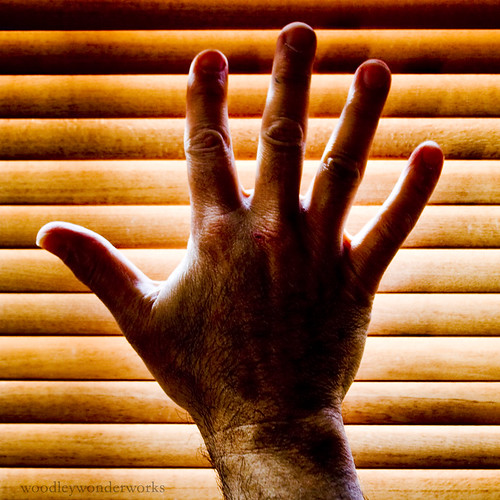While reading Psychology Today, one of our fellow Sabhaologists passed us this article, and just while we had said before that the three S's resurface again and again in all these articles, we also gain a better understanding of speaking mechanics.
This article notes seven principles that we've explored below.
 Yep: simple/shakeup/stories, and from last week's post, we know this principle all too well.
Yep: simple/shakeup/stories, and from last week's post, we know this principle all too well.
This article notes seven principles that we've explored below.
People love stories. Children plea for them at night, and adults crave them, too. Stories make us wonder; we want to know what happens next, which keeps us engaged, even enthralled.
 Yep: simple/shakeup/stories, and from last week's post, we know this principle all too well.
Yep: simple/shakeup/stories, and from last week's post, we know this principle all too well.People don't want to be impressed. They want to be respected. Rookie speakers feel tempted to impress an audience, assuming that this will make their ideas sound impressive, too. But if your words or actions suggest "I am better than you," people won't care what you say...
Don't try to impress them. Try to touch them.
Speaking is all about humbling ourselves to the audience.
People care if. If you truly want to help your listeners--by informing or motivating them, or improving their lives--they will care and listen. But they will care only if you do.
This recalls a favorite tip: "If you really care, notify your face."
When we feel connected with our concepts, our sentiments show through. Thus, we need to take the time to design our stories/shakeup/stories.
Your eyes mean everything. We mistrust people who won't look us in the eyes--even if our eyes are among over 200 sets in a room. We regard peoples' eyes as windows to their souls, and it's from our eyes that people assess us.
If you look each person in the eye for a few seconds, you make each person feel important--a feeling that every person craves. It also makes each audience member feel involved; it makes your presentation feel like a conversation rather than a recitation.
For this reason, minimize visual aids. They break eye contact and make it appear that you are talking to the screen and not to your listeners.
Wow, minimizing visual aids strikes at the power of Powerpoint, but sometimes, a well delivered presentation doesn't need a Powerpoint. Think supercharged storytelling.
Preparation matters. But not for the reason you suspect. Preparation does more than make a presentation appear polished--and a too-polished presentation actually can feel inauthentic, even souless. If you've spent hours learning about the people to whom you are speaking, you will communicate the most compelling message you can deliver to a person: You are important to me.This principle goes without saying - again be humble.
If it's worth saying, it bears repeating. The old rule--"Tell them what you are going to tell them, then tell them, then tell them what you told them"--reflects the limitations of our memories. Plus researchers have shown repeatedly that people are more apt to believe something they hear more than once--even if they hear it from the same person, and even if they question that person's credibility.We call this the simple statement, the core of our presentation that we hope to impart to our audience.
People love music. An outstanding speech is musical; it ebbs and flows, hits a variety of notes, and makes beautiful use of pauses and silence. Just as in humor, speaking's key ingredient is timing.
Allow some gaps between your notes.
Going back to stories, remember to own the story. When we experienced the world for the first time as toddlers, we couldn't stop talking about how green the grass was or how fast the ants moved. Infuse that energy in your presentations to make an impact.
No comments:
Post a Comment